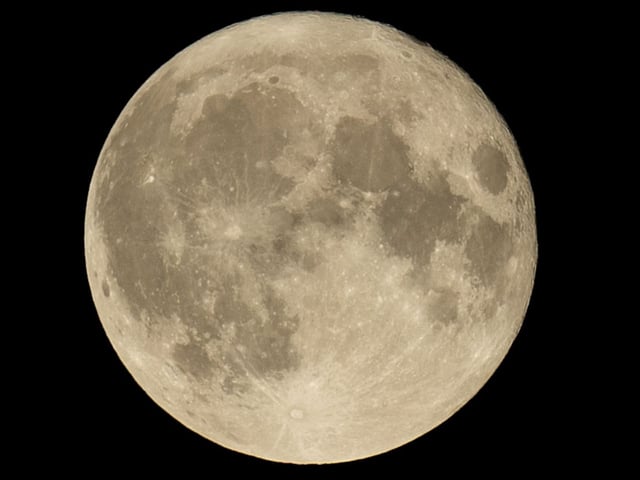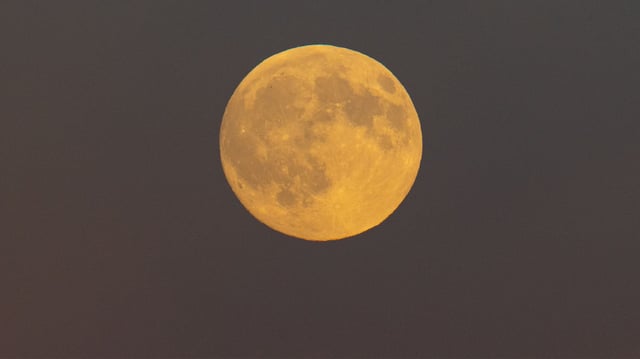Overview
- The full Moon reached peak late Monday night in the Americas (about 11:47–11:48 p.m. ET) with perigee within 24 hours, placing it roughly 359,818 km from Earth.
- Best viewing occurs at moonrise in the east after sunset, it remains visible all night, and no special equipment is required.
- NASA notes a supermoon can appear up to about 14% larger and 30% brighter than the faintest full Moon, though the difference is modest to the naked eye.
- This marks the first in a run of consecutive supermoons, followed by events on November 5 and December 4, with some definitions also including January 3, 2026.
- Meteorological updates flag perigean spring tides with potential for minor to moderate coastal flooding where onshore winds and local conditions amplify high tides.



